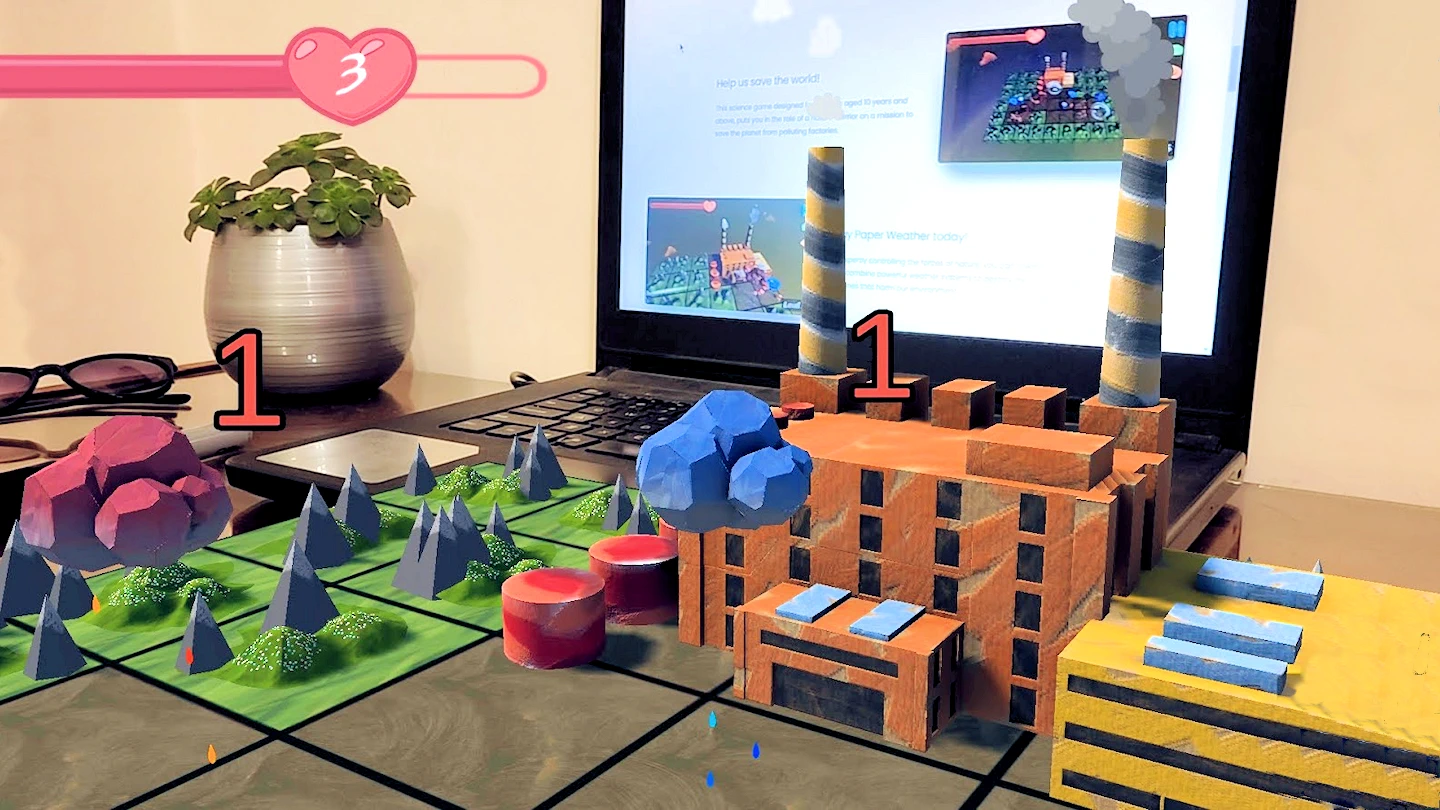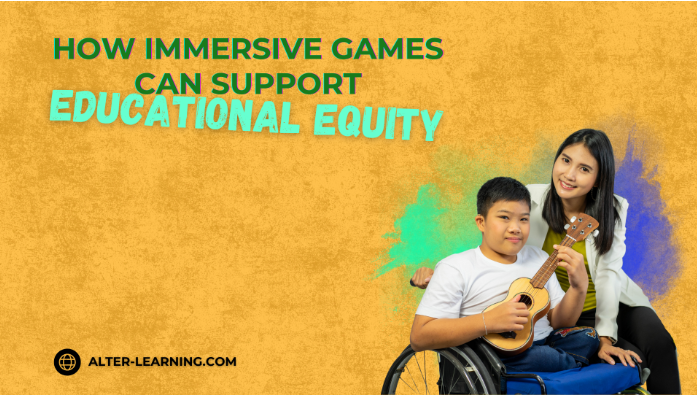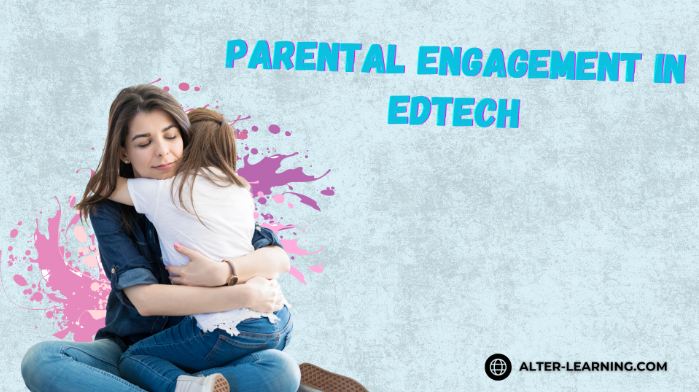It’s fall in the Northern Hemisphere, and the changing of the seasons signals the return to classrooms and a time to prepare for the new school year. Fresh new uniforms or outfits for the first day, maybe a new backpack, and traditional classroom supplies are filling students’ rooms as they anxiously await their first day in a new grade.
Our eager students are probably getting in as much gaming and time with their friends as they can before summer is officially over, and homework and extra-curricular activities fill their schedules.
The Power of Digital Play in Education:
Today’s young minds are pretty adept at maneuvering around a screen, sometimes before they are talking or walking. Notable entertainers and educators like Ms. Rachel have started on YouTube channels and are helping children learn through play, from Toddlers through pre-K.
We have watched children learn through play throughout history, but when they begin their formal education, play becomes separated from education. Recess is a break from learning, and that is when and where the children are allowed to play.
In metropolitan school districts, students in most middle and high schools are assigned a tablet or laptop on the first day of school. Why can’t we digitally gamify our traditional learning styles a little and let students of all ages continue to play to learn?
Extended Reality and the Gamification of Learning
The gamification of learning is an educational approach that seeks to motivate students by using video game design and game elements in learning environments. The goal is to maximize enjoyment and engagement by capturing the interest of learners and inspiring them to continue learning.
Gamification, broadly defined, is the process of defining the elements that comprise games, making those games fun, and motivating players to continue playing, then using those same elements in a non-game context to influence behavior.[1] In other words, gamification is the introduction of game elements into a traditionally non-game situation.
Introducing Alter Learning’s Games
At Alter Learning, we don’t see our creations as just games or environments but as essential digital tools for comprehensive learning.
- Affordability and Accessibility: Alter Learning games are available on various devices, offering both accessibility and affordability. The cost is on par with popular subscriptions like Netflix.
Let’s explore just a few of our games that are currently using augmented and mixed reality to enhance the traditional learning experience.
A-Z Run
This game is perfect for kids aged 5 and up. A-Z Run is a game where you practice the alphabet by catching balls in the correct order while dodging obstacles and making it to the end of the path! This amazing alphabet game is sure to improve your child’s literacy skills! This game targets the following specific skills:
- Spatial Reasoning: Thinking about and mentally manipulating objects in three dimensions helps students understand and solve problems involving spatial relationships.
- Memory Retention: Storing and retrieving information helps students remember what they’ve learned and apply it in new contexts.
- Decision-making: Evaluating options and choosing the best course of action helps students develop critical thinking skills for informed decision-making in life.
- Hand-Eye Coordination: The ability to synchronize hand movements with visual cues helps students develop fine motor skills and dexterity.
Basket Jam
This game is perfect for kids aged 5 and up. It emphasizes the use of strategic thinking and angle formation to aim and launch balls from a cannon into the correct basket. This game targets the following specific skills.
- Math Skills: This game requires a range of mathematical skill sets, such as counting, problem-solving, and critical thinking, that help students apply math concepts to real-world situations.
- Problem-Solving: By making decisions within learning games, students can develop their ability to analyze information, weigh options, and make sound choices.
- Spatial Reasoning: Thinking about and mentally manipulating objects in three dimensions helps students understand and solve problems involving spatial relationships.
- Logical Reasoning: Thinking systematically and drawing conclusions based on a set of given facts or principles helps students develop their problem-solving skills and make sound decisions.
Steamhaven Cogworks
This game is perfect for kids aged 10 and up. Your students can work individually or as a team to explore and repair the city as you help the citizens recover from years of deterioration. This use of augmented reality allows students to talk to each other in real life and solve complex puzzles to restore the digital city of Steamhaven. This game targets the following specific skills:
- Spatial Reasoning: Thinking about and mentally manipulating objects in three dimensions helps students understand and solve problems involving spatial relationships.
- Engineering Education: Provides the principles and practices of engineering to future engineers, who use their skills and knowledge to design, build, and maintain the systems and technologies needed around the world.
- Problem-Solving: By making decisions within learning games, students can develop their ability to analyze information, weigh options, and make sound choices.
- Memory Retention: Storing and retrieving information helps students remember what they’ve learned and apply it in new contexts.
Summary
As we embrace the new school year, it’s vital to recognize the potential of integrating digital play into traditional education. By leveraging gamification and augmented reality, we can create engaging learning environments that not only captivate students but also enhance essential skills such as problem-solving, critical thinking, and spatial reasoning. Alter Learning’s innovative games—ranging from “A-Z Run” to “Steamhaven Cogworks”—offer an affordable and accessible way to foster learning through play, allowing students to thrive academically and enjoy the process. As educators and parents, let’s champion the idea that play and learning can coexist, paving the way for a more interactive and practical educational experience.
User Testimonial
“Steamhaven Cogworks is not just a game; it’s an immersive learning experience. My students have showcased a marked improvement in their problem-solving skills since its introduction in the classroom.“
Mrs. Anderson, 7th-grade teacher.




